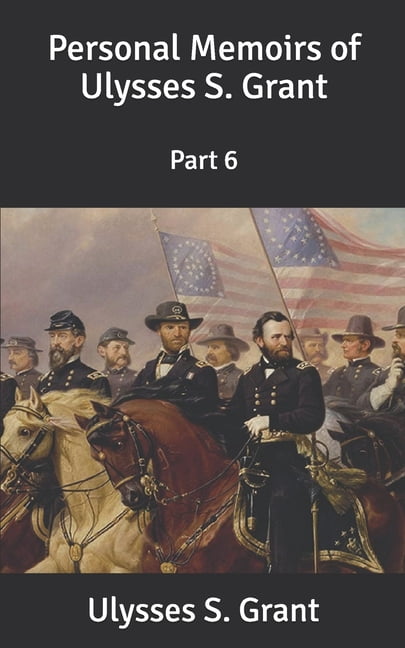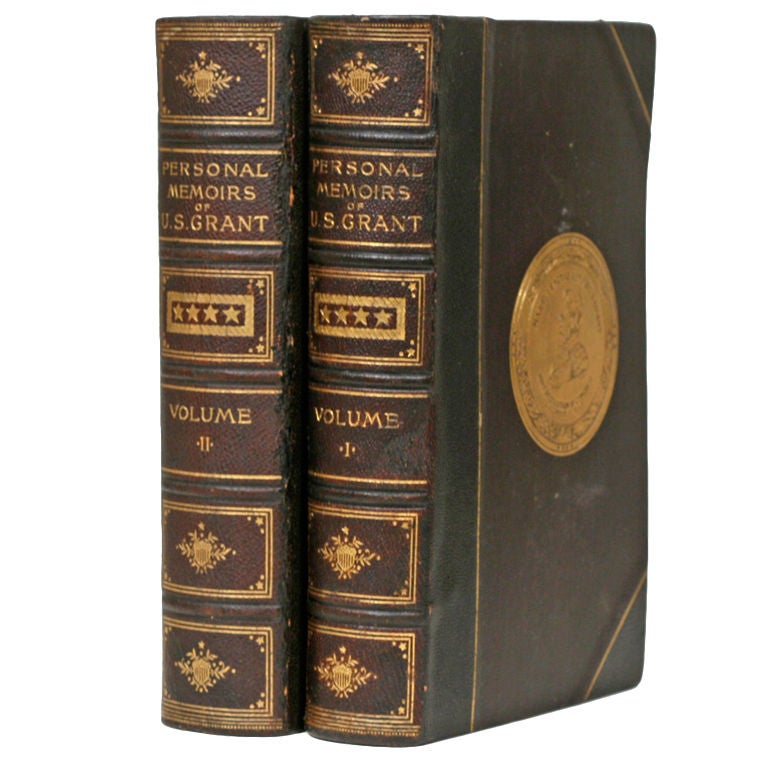
Several days later, Grant "acknowledged the service of a warrant for fast driving and appeared before the Justice of the Peace and paid the fine". Grant offered to pay the fine, but "expressed his doubts of their authority to arrest him and drove off".

reported that while "exercising his fast gray nag" on 14th Street, Grant was detained for fast driving by two officers of the Metropolitan Police Department of the District of Columbia (MPD). In April 9, 1866, when Grant was Lieutenant general (promoted later that year to General of the Army), the National Intelligencer of D.C. The image of Grant deferring to West has been cited as a symbol of the rule of law, including in a dissenting opinion at the Supreme Court of the Philippines, in children's education, and in discussions of presidential criminal immunity in the United States. Grant is characterized as resistant to police authority in the first narrative and as deferential in the latter two. Grant National Historic Site have questioned whether the event occurred. However, because of the lack of contemporaneous documentation in a competitive local media market, historians at the Ulysses S. After the MPD appeared to confirm the veracity of the arrest in 2012, a number of news media outlets accepted it as fact, although in some cases with reservations. Other accounts differ but generally involve a fine of similar value, the impoundment of the carriage, or both. In a 1908 profile in The Sunday Star-the sole detailed narrative of the event -West said that he arrested Grant for speeding in a horse-drawn carriage after a warning for doing so the day prior, and that Grant was brought to the police station, where he put up $20 (equivalent to $450 in 2021), which was forfeited the next day when Grant did not appear in court. West (died 1915) included the claim that he had arrested Grant in 1872. There does not appear to be contemporaneous evidence of an 1872 arrest, but from the 1890s onward, a number of newspaper articles about Officer William H. īoth 1866 arrests were reported by the D.C. president to have been arrested while in office. While of questionable historicity, the third is the best-known if it did occur, this would make Grant the only U.S.

The first two arrests were in 1866, when Grant was commanding general the third is said to have occurred in 1872, when Grant was serving as the 18th President of the United States. Grant, who led the Union Army to victory in the American Civil War, was widely known for his prowess as a horseman. Grant by officers of the Metropolitan Police Department of the District of Columbia (MPD), all for speeding by horse. There are three reported arrests of Ulysses S. Bonner racing in a carriage in New York, as depicted in an 1868 lithograph


 0 kommentar(er)
0 kommentar(er)
